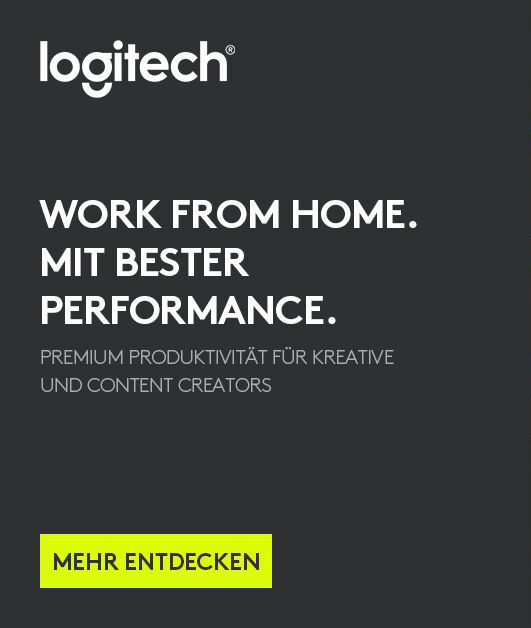Updates for Zoom Virtual Agent
New or enhanced feature
Admin features
Trigger sub flows from URLs
- Admins and bot flow designers can trigger a Virtual Agent sub flow from a URL. If an end consumer is already chatting with the bot and follows a URL to a sub flow, their chat history remains persistent. Admins can use URLs to launch sub flows for various campaign types, making it easier for end consumers to resolve their requests quickly with relevant web information.
JSON object support for Send Media and Collect Input widgets
- Admins and PSOs can use JSON object variables that they create in the script widget in other widgets such as Send Media and Collect Input. Customers and admins can now write sophisticated code logic in script widget to process data and store them in array and json objects to be later referenced in Send Media, and Collect Input widgets. This enables personalized experiences for end users by utilizing data from external sources.
JSON object support for Script widget
- Admins can create, edit, and save JSON objects in the Script widget. Admins can make an HTTP API call from the Script widget, receive a JSON response, save the response to the JSON variable created inside the Script widget and write custom/sophisticated logic to process the response. These JSON objects can be mapped to global variables, and elements or fields can be accessed using json notation.
Enhancements to bot flow canvas navigation
- Admins and bot flow designers can navigate the bot flow canvas more easily with the addition of a minimap icon. This will make flows with many widgets much easier to navigate. The minimap can be minimized or expanded, and when expanded, it displays grayed-out widget icons reflecting the bot flow canvas layout. As admins scroll through the canvas using the hand symbol, the minimap highlights the corresponding area. Clicking on the expanded minimap changes the canvas layout accordingly. If a widget is deleted, the minimap updates to reflect the change. This feature improves the navigation experience, especially for complex bot flows with many widgets.
Note: This feature will not be immediately available, as it is dependent on a backend server update scheduled for October 18, 2024.
Block list management
- Admins can block chat consumers from accessing digital campaigns by banning their IP addresses. When a consumer with a banned IP visits the brand's website, they will not be able to see the sticky invitation. If they previously had access to a digital campaign and attempt to restart an engagement, the consumer receives an error message stating, "Unable to process this request at this time," preventing them from restarting the engagement. This ensures that unauthorized users cannot access chat conversations. Additionally, admins can manage the block list by importing and exporting IP addresses, adding new ones, or deleting multiple entries at once. Changes to the block list are synchronized between Zoom Contact Center and Zoom Virtual Agent for improved management.
Block sensitive information in web chat
- Account owners and admins can set up regular expression (regex) blocking rules to automatically detect and prevent users from sending sensitive information, like credit card numbers and social security numbers in web chat conversation. When enabled, users will receive a message informing them that their message couldn't be sent due to sensitive content. By default, this blocking feature is disabled. This helps ensure that sensitive information isn't stored on the Zoom platform, improving data security and privacy.
Array variable support for Send Media and Collect Input widget
- Admins and PSOs can use array object variables that they create in the script widget in other widgets such as Send Media and Collect Input. Customers and admins can write sophisticated code logic in script widget to process data and store them in array and array objects to be later referenced in Send Media, and Collect Input widgets. This enables personalized experiences for end users by utilizing data from external sources.
Array variable support for Script widget
- Admins can create, edit, and save array objects in the Script widget. Admins can make an HTTP API call from the Script widget, receive a JSON response, save the response to the array variable created inside the Script widget and write custom/sophisticated logic to process the response. These arrays can be mapped to global variables, and elements or fields can be accessed using dot notation. Admins can create nested arrays, get the number of elements at any level, update specific elements, and loop through the array. This allows admins to store and manage complex information, enabling more personalized experiences.
AI-generated content notice
- Admins can add a notice to AI-generated content to inform users that the content is generated by AI. They can enable or disable this feature based on their organization's legal, compliance or business needs. The default notice says, "AI can make mistakes. Review for accuracy." but admins can customize it using the asset library. End users will see the notice alongside AI-generated responses, providing transparency and helping to meet customer requirements.
Resolved issues
- Minor bug fixes


